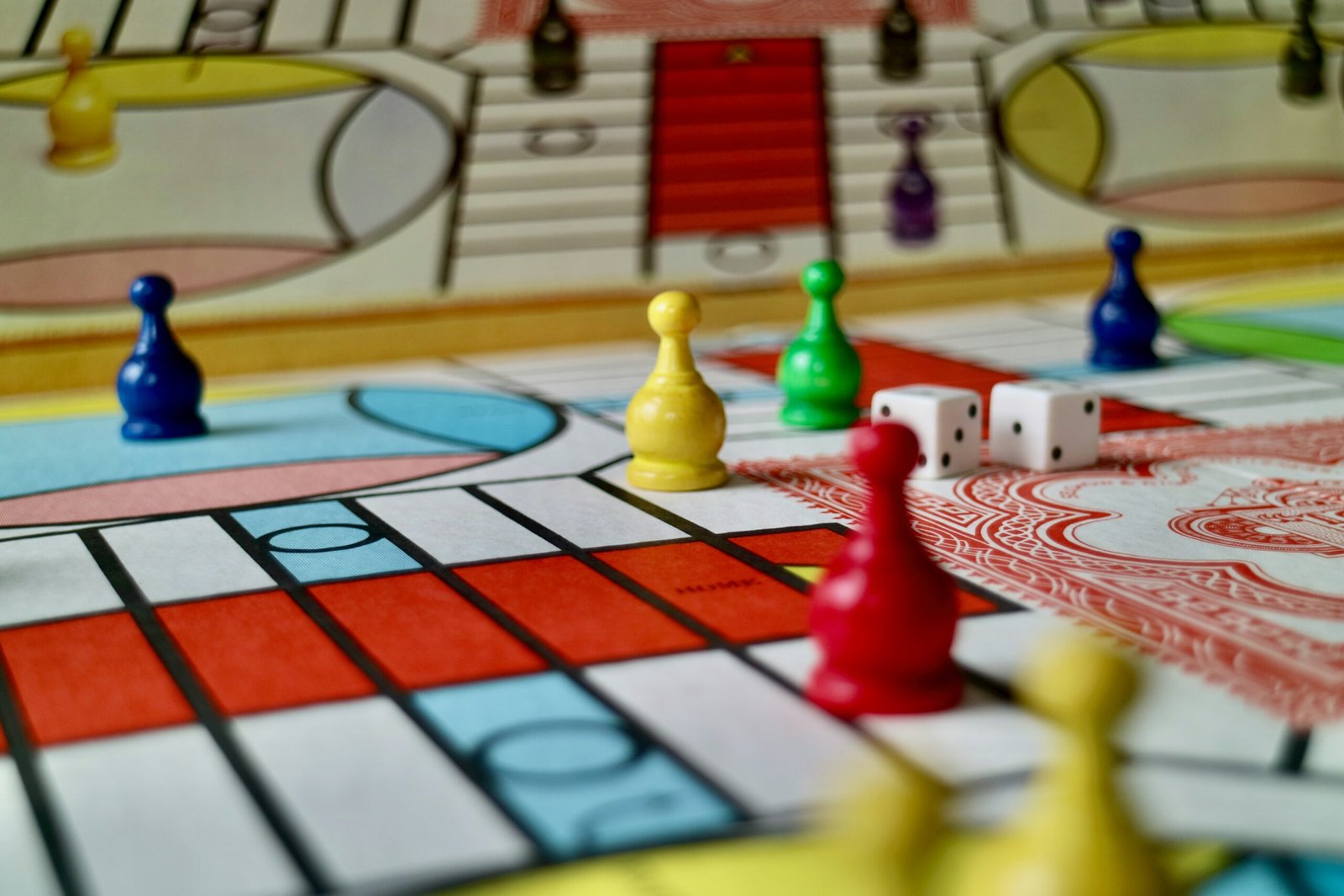Are you a fan of board games that require strategy, deception, and deduction? If so, then social deduction board games are right up your alley. These games are designed to test your ability to read people, make decisions, and outsmart your opponents. One of the key elements that makes these games so exciting is the concept of balanced play.
What is balanced play?
When we talk about balanced play in social deduction board games, we mean that each player has an equal chance of winning. These games often involve hidden roles, secret information, and alliances, which can create an unbalanced playing field if not carefully designed. The goal of balanced play is to ensure that no single role or strategy dominates the game, allowing for a fair and enjoyable experience for all players.
The importance of balanced play
Without balanced play, social deduction board games can quickly become frustrating and unenjoyable. Imagine playing a game where one role is significantly more powerful than the others, giving that player an unfair advantage from the start. This imbalance not only takes away the excitement of the game but also discourages players from wanting to play again.
On the other hand, when a game is balanced, it creates a level playing field where every player has an equal chance of winning. This encourages strategic thinking, collaboration, and deception, as players must rely on their skills and abilities rather than relying on an overpowered role. Balanced play ensures that the outcome of the game is determined by the players’ actions and decisions, rather than luck or an unfair advantage.
How to achieve balanced play
Designing a social deduction board game with balanced play requires careful consideration and testing. Here are a few key factors to keep in mind:
1. Hidden roles and abilities:
Each role in the game should have a unique set of abilities or information that contributes to the overall gameplay. However, these roles should be balanced in terms of power and impact on the game. A well-designed game will ensure that no single role is too dominant or weak, allowing for a fair and challenging experience.
2. Countering strategies:
Players should have the ability to counter each other’s strategies and actions. This prevents any single strategy from becoming unbeatable and encourages players to adapt and think creatively. By providing multiple paths to victory and ways to counter opponents, the game becomes more dynamic and engaging.
3. Player interaction:
Encourage player interaction and communication throughout the game. Social deduction board games thrive on players trying to read each other’s intentions and forming alliances or betrayals. By fostering an environment where players can openly discuss and strategize, it creates a more balanced and immersive experience.
4. Game length and pacing:
Consider the length of the game and the pacing of each round. A well-balanced game should have a reasonable playtime and ensure that each round is engaging and impactful. Avoid situations where players are eliminated early on and have to wait for the game to end. Instead, provide opportunities for players to stay engaged and have a chance at victory until the very end.
Conclusion
Balanced play is a crucial aspect of social deduction board games. It ensures that every player has an equal chance of winning and creates a fair and enjoyable experience for all. By carefully designing roles, countering strategies, encouraging player interaction, and considering game length and pacing, game designers can create a balanced play environment that keeps players coming back for more.
